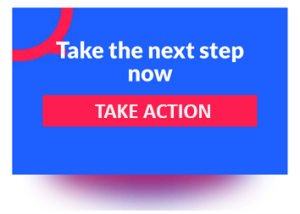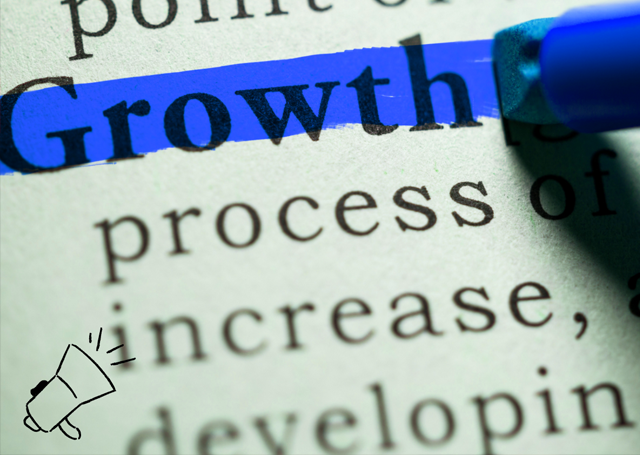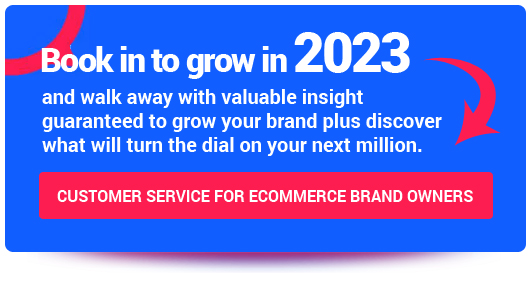Who is this for? (4minute read)
The blog brands or SME who are looking for a new way to connect with their audience, grow their brand, and join the hottest conversations on the internet. It’s also for anyone who is curious about Threads, the new social media app from Meta that’s made Elon Musk somewhat uncomfortable.
Threads: The New Social Media App That’s Taking the World by Storm
If you’re looking for a new way to connect with your audience, grow your brand, and join the hottest conversations on the internet, you need to check out Threads. Threads is a new app from Meta (formerly Facebook) that lets you share text updates and join public discussions with people who share your interests. It’s like Twitter, but better.
Threads launched on July 6, 2023, and in just four days, it reached 100 million users, according to the head of Instagram Adam Mosseri. That’s comparable to the growth of Chat GPT, the popular chatbot app that uses artificial intelligence to generate realistic conversations.
So, what makes Threads so appealing?
And why should you join it as a startup or SME owner?
Here are the top five reasons to hop on Threads and start sharing your thoughts with the world.
1. Threads is simple and easy to use
Threads is designed to be a minimalist and focused platform for sharing text updates. You can log in using your Instagram account and your username and verification will carry over. You can also customize your profile for Threads separately from Instagram.
You can post up to 500 characters per thread, and include links, photos, and videos up to 5 minutes long. You can also reply to other threads, repost them, or like them. You can easily share your threads to your Instagram story or any other platform you choose.
Threads has a clean and intuitive interface that lets you browse threads from people you follow, as well as discover new creators based on your interests. You can also search for topics or hashtags to join relevant conversations.
2. Threads is a positive and creative space
Threads is built with tools to enable productive and respectful conversations. You can control who can mention you or reply to you within Threads. You can also filter out replies that contain specific words or block or report abusive profiles. Threads enforces Instagram’s Community Guidelines on content and interactions in the app.
Threads is also a place where you can express your ideas and opinions freely and creatively. You can use text, images, videos, links, emojis, and more to make your threads stand out. You can also join challenges, prompts, games, and other fun activities that spark your imagination.
3. Threads is compatible with the open web
Threads is not just another walled garden of social media. It’s part of Meta’s vision for an open and interoperable internet that connects different platforms and services. Threads is working toward becoming compatible with the open social networks that use open standards and protocols such as ActivityPub.
This means that you can potentially reach and interact with users from other platforms that support these standards, such as Mastodon, PeerTube, or Pixelfed. You can also own your data and move it across different services without losing your connections or content.
4. Threads is a great way to grow your brand
Threads is a platform where you can showcase your expertise, personality, and values as a brand. You can share useful tips, insights, stories, or opinions that resonate with your audience. You can also engage with them directly through replies or mentions.
An Opportunity to Blow up Brand Potential
Threads can help you build trust, loyalty, and awareness for your brand among potential customers. You can also drive traffic to your website or other platforms by including links in your threads. You can also collaborate with other creators or influencers who share your niche or vision.
Big name brands and big personalities are wasting no time. Should your brand be there too?
5. Threads is where the action is
Threads is where you can find the latest trends, news, memes, jokes, debates, and more on the internet. You can join the conversations that matter to you and your audience, or start your own. You can also learn from other creators and experts who share their knowledge and perspectives.
Threads is where you can have fun, be yourself, and not take yourself too seriously. You can experiment with different formats, styles, and tones to see what works best for you and your brand. You can also challenge yourself to be more creative and original with your content.
“Brands are racing in to gain followers and lead the way! This shows people love something new – it has Club House, TikTok energy. This time there’s a difference your fans come too, directly from Instagram”
Sue Prentice
How to get started with Threads
Getting started with Threads is easy. Just download the app from the App Store or Google Play Store and log in using your Instagram account. Then follow these steps:
- Customize your profile:
Choose a profile picture, bio, colour scheme, and display name for Threads.
- Follow some accounts:
Follow the same accounts you do on Instagram or find new ones based on your interests.
- Post your first thread:
Tap the compose button at the bottom of the screen and write up to 500 characters of text. You can also add a link, photo, or video if you want.
- Join a conversation:
Browse threads from people you follow or discover new ones based on topics or hashtags. Reply to threads that interest you or like or repost them.
- Share your threads:
Tap the share button on your thread and choose where you want to share it. You can share it to your Instagram story, copy the link, or share it to another app.
That’s it! You’re ready to join Threads and start connecting with your audience and the world.
100 million users in 4 days. Wow! The world was blown away with the speed ChatGPT attracted users and now Threads.
Of course if you’re a Twitter user, you’ll know Elon Musk is not a fan of Threads. Knowing Meta does own WhatsApp and also Messenger, it could totally dominate further.
How does Threads differ from Twitter? You can’t send direct messages to anyone at the moment. And you can choose who can view your posts more easily. Also, Threads doesn’t have any hashtags or trending topics feature, and you can’t change your threads after you publish them.
In summary, Threads is a new social media app that lets you share text updates and join public conversations with people who share your interests. It’s simple, positive, creative, open, and exciting. It’s also a great way to grow your brand and reach new customers.
If you’re a startup or SME owner, you don’t want to miss out on this opportunity.
Join Threads to be a part of the conversation and start sharing your thoughts with the world. You’ll be glad you did! We did.





 Not clearly defining and deeply understanding your target audience
Not clearly defining and deeply understanding your target audience Content for content’s sake. Keep them engaged!
Content for content’s sake. Keep them engaged!
 Not posting consistently -too frequently or infrequently
Not posting consistently -too frequently or infrequently

 Know your competition
Know your competition Understanding Data and Key Metrics
Understanding Data and Key Metrics


